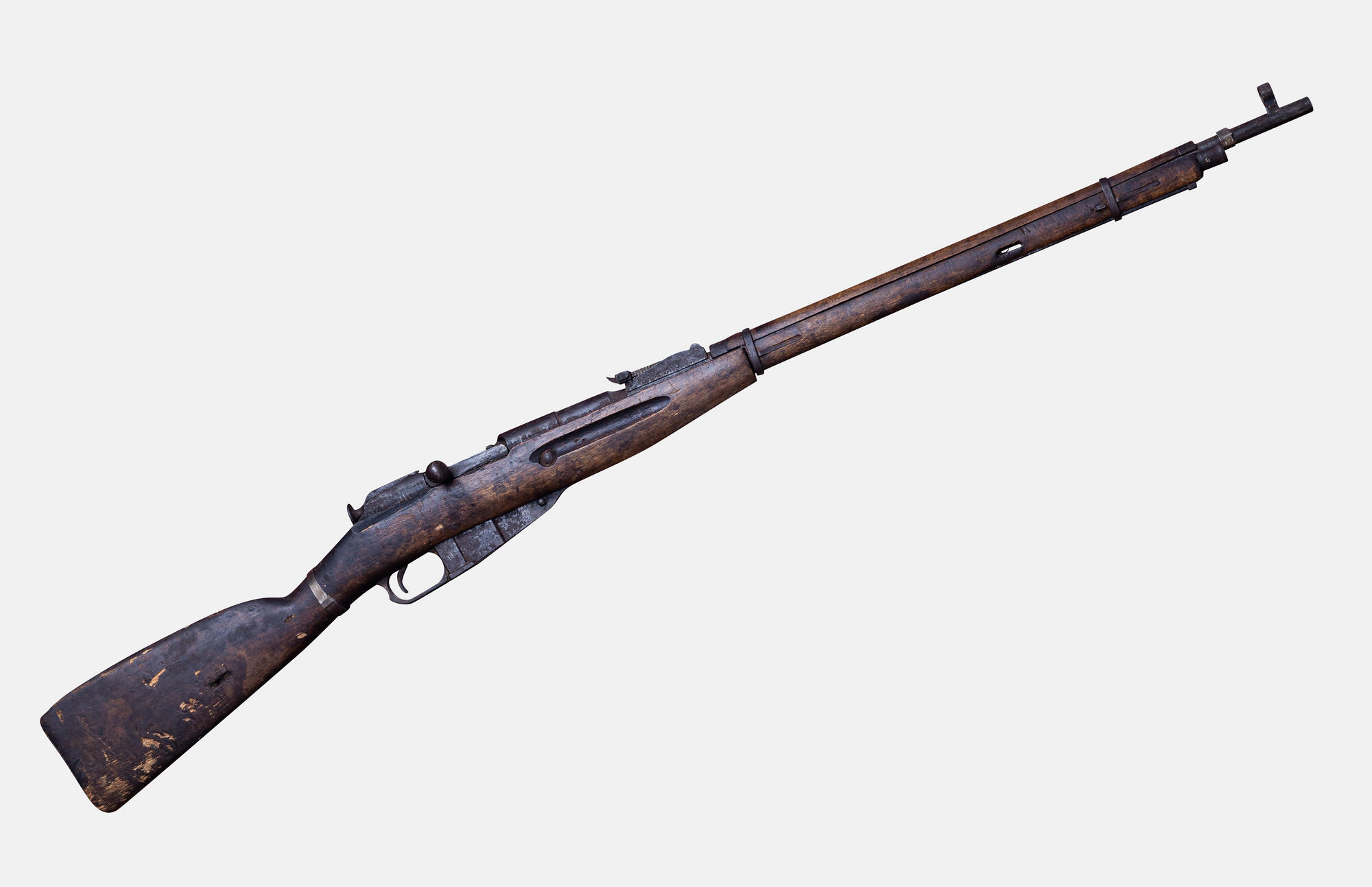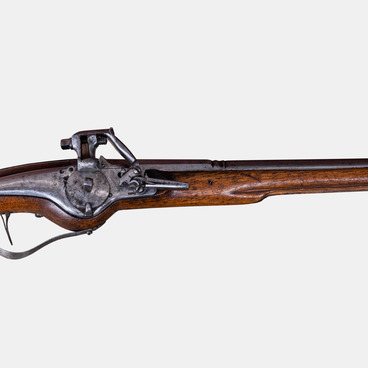The Ulyanovsk Regional Museum of Local Lore named after Ivan Goncharov presents a three-line magazine Mosin’s rifle of the 1891 model, rightfully recognized as one of the most renowned Russian weapons.
The three-line rifle of the 1891 model was introduced into the Russian army in 1891 by decree of Emperor Alexander III, replacing the rifles designed by Hiram Berdan that had been adopted in 1867–1870. There were two types of the so-called “berdanki” and they were single-shot rifles, that is, the weapon had to be reloaded manually after each shot.
In 1882, the Main Artillery Department of the Ministry of War of the Russian Empire ordered its engineers to develop a multi-shot rifle. It announced a competition, and the rifles of the Belgian gunmaker Léon Nagant and the rifles of the head of the tool workshop of the Tula Armory Plant, Captain Sergey Mosin made it to the finals. The commission chose the Mosin’s rifle, but decided to improve the design, including by borrowing some elements from Léon Nagant, who sold the patents, drawings and models for his competition rifle to the Russian side. The design was also improved by the members of the commission — Colonel Petrov and Staff Captain Savosyanov, as well as Colonel Rogovtsev, who developed a “three-line” 7.62 mm flat-ended cartridge with smokeless powder. The rifle was adopted, and the soldiers nicknamed it “a three-liner”. Since the rifle was developed by several specialists, it seemed unjust to mention only one surname in the name of the rifle.
Over time, the rifle had many modifications, the most famous being the sniper rifle. It was adopted by the Red Army in 1931 and was perfectly suited for the termination of isolated targets. The “three-liner” had a number of advantages, which secured more than half a century of service for it: the rifle was extremely cheap to make, easy to maintain and reliable in battle; moreover, even soldiers of little education could quickly learn how to use it. In addition, the rifle had good ballistic qualities for its time.


